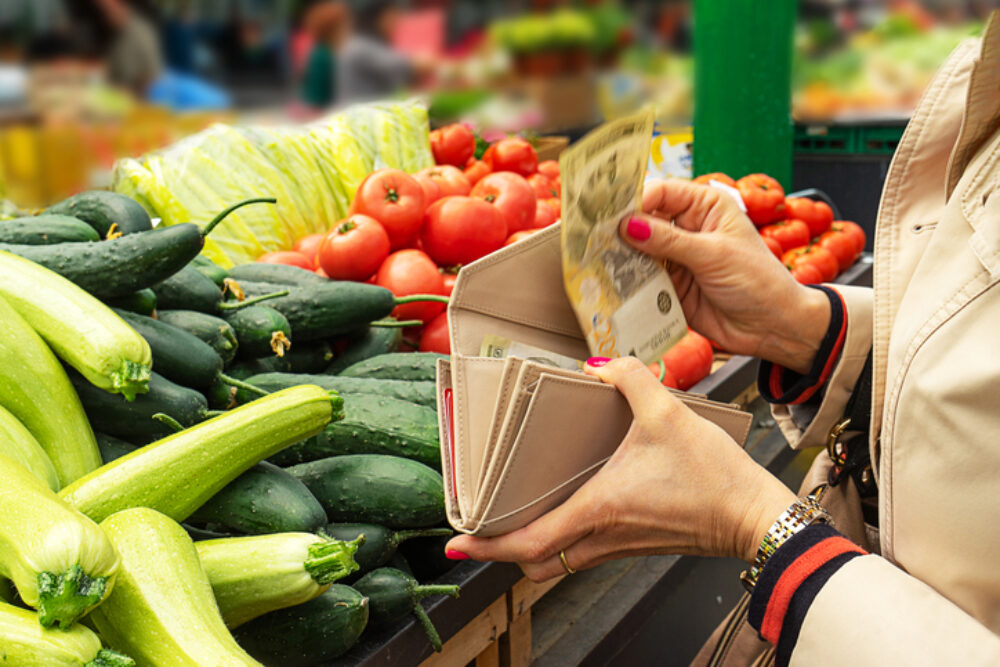The real question is, do you want to spend money now or later?

Researches have shown that adequate fruit and vegetable intake is associated with the prevention of major diseases. Check out this WHO website for statistics on the topic. By having a diet with enough plant-based food, you might save on medication or treatments later in life.
The WHO recommend adults eat a daily minimum of 400 g of fruits and non-starchy vegetables (basically all but potatoes, sweet potatoes and taro). How much would that cost you? This depends on your choices. Keep reading to know how you can meet the recommendations for a lot less than a barista coffee per day!
Looking at staples, seasonal or frozen food, you can have 400 g daily intake of fruits and vegetables without breaking the bank. For example:
- 1 large banana 85g peeled – $0.40
- ½ cup frozen blueberries 85 g – $0.35
- 1 medium carrot 100 g – $0.20
- ½ cup frozen peas 85 g – $0.25
- 1 cup baby spinach 30 g – $0.75
- ½ tomato 70 g – $0.30
For only $2.25 you can get 455 g, which also translate to the recommended daily average intake of two fruit and five vegetable serves, equaling $15.75 for the week. When you look at it like that, it is a lot less than meats or prepared meals. It’s all about how you decide to spend your money. The real waste of money is when the food doesn’t get eaten.
Let’s do a simple maths exercise. Think about the $5 coffee you buy every day of the week or the $25 Sunday brunch. How many kilos of carrots can you get for $25 knowing they usually sell for $2 per kilo? Twelve and a half kilos of carrots! Per day, it’s 1.8 kg of carrots or approximately 18 whole carrots per day for an entire week! Well above the daily recommendation of 400 g. Now, let’s do the same exercise with 125 g punnets of raspberries sold $7 each when out of season. With the same $25 you can only get 3.6 punnets or 65 g per day for a week.
Do you see where we are going with this? If your budget is tight, you might want to choose wisely and get seasonal or frozen fruits and vegetables. Produce in season will be available in abundance for a low price.
Think about where your food and beverage budget goes. We may be trying to save ten cents per kilos for bananas, but on the other hand, we can easily spend $10 or $12 for a takeaway meal that is not always nutritious. Or we spend $15 on a cocktail, but we find it too expensive to pay $1 for a piece of fruit. Think also about the rest of your budget, where does it all go? Fast fashion that doesn’t last? Streaming subscriptions? Other unnecessary splurging?
You don’t need to have a scale to measure your fruit and vegetable intake. If you aim for half a plate of vegetables at lunch and dinner plus a couple of fruits per day, you will reach the minimum recommended. If you need to save money, buy in season, tinned or frozen. The most important message is to eat a variety of fruits and vegetables every day.
This article was written by Tracy L’Allier Ebacher, an accredited practising dietitian passionate about health, nutrition, mindful eating, cooking, sustainability and minimalism. Tracy is currently completing a higher degree by research at Griffith University with the Healthy Primary Care team.



